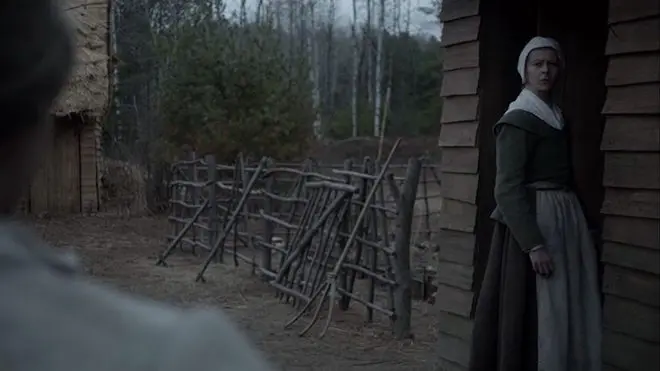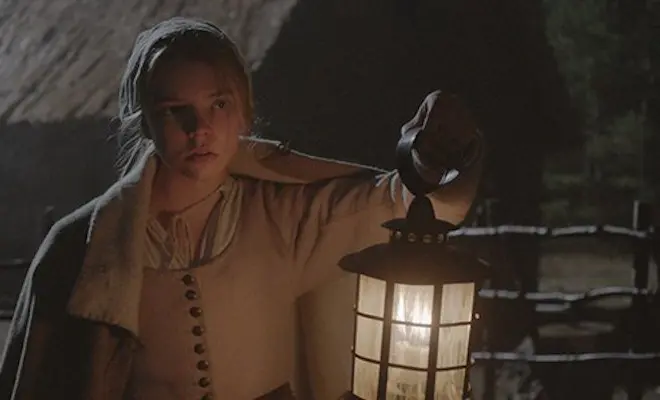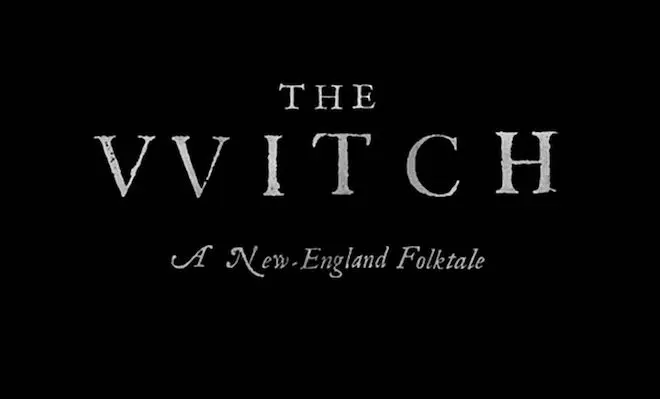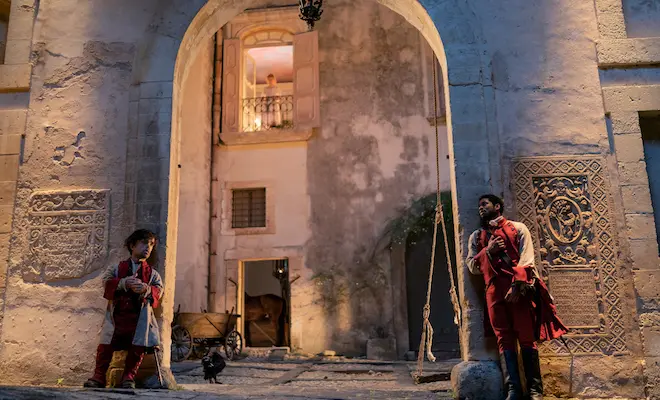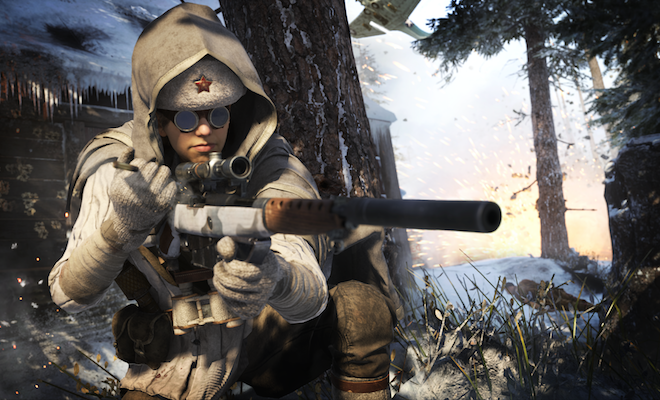What exactly is horror? Is it serial killers in rubber masks, and cats jumping out of shadows at the worst times? Is it over-the-top gore and violence, or atmospheric build-up with things we cannot see, letting our brains fill in the gaps of what isn’t there, creating monsters that are truly frightening?
In The Witch, audiences are treated to “A New England Folk Tale,” as the subtitle suggests, but this folk tale happens to occur in the early 17th century, when the fear of devils and books of names, and witches and witchcraft drove god-fearing people to do the absolute worst to each other based off their own ignorance. Maybe that too is a kind of horror.
The Witch focuses on one family, who leave the safety of their village — due to religious disagreements with the governing body — and strike out on their own into the greater wilderness of Massachusetts to live their lives by the bible, and not the laws of man. Once settled, the family, William and Katherine (played by Ralph Ineson and Kate Dickie, both from HBO’s Game of Thrones), and their kids, Thomasin (Anya Taylor-Joy), Caleb (Harvey Scrimshaw), Mercy (Ellie Grainger) and Jonas (Lucas Dawson), and infant Samuel, try to farm the land and raise goats, even as something evil possibly lurks in the nearby woods. When things begin to go bad — starting with the inexplicable abduction of little Samuel, the family turns on each other in horrific ways, proving once again that the unknown is the greatest fear that man suffers.
Robert Eggers, who only has a few previous production designer credits, writes and directs The Witch, and for a debut, it is simply mesmerizing. Eggers knows how to build tension in very artistic ways. His decision to hold shots a few seconds longer than they should seemingly begs the audience to blink — blink and possibly miss the scare that may or may not come. When the family finds the plot of land that they will turn into a homestead, they all drop to their knees in prayer, and the shot holds, almost uncomfortably, as they hold their hands to heaven, while a dark tree-line looms before them. This is but one example of the sheer artistry that Eggers employs here. He sets many scenes this way, with a score that accompanies each shot near-perfectly. And to be honest, there are no jumping cats, or foley tricks, or music that builds into a crescendo only to try and squeeze out a cheap jump. The Witch is better than all of that, preferring to slowly paint a masterpiece portrait of a pious family in 1630, being terrorized by their own ignorance — or are they?
And perhaps, that is Eggers greatest accomplishment. The script was compiled from actual folk stories handed down from generation to generation, as well as actual primary sources where lines of dialogue were reportedly taken from. It creates an almost surreal — and authentic — historical document, and while we have almost four centuries of hindsight on the subject matters of witches in pre-colonial Massachusetts, Eggers presents an episode that may have actually occurred — or could have. At least that’s what the audience is bred to think, and by the very end, that way of thinking is designed to be the big recalcitrance. And possibly that is where the greatest scare comes from.
The Witch may not be a classic horror film in the sense of the word, but it is still very, very unsettling, as the slow build that Eggers masterfully orchestrates for three acts has a pay off that satisfies, and begs additional questions, questions without any clear answers.
From the gorgeous cinematography and atmospheric (and not at all overbearing) score, to some amazing performances from every actor in the ensemble, The Witch delivers a surreal film-going experience that questions many preconceptions of what horror really is. And by the end, it leaves the audience with the almost-jarring remnants of a journey that will continue to haunt for a good time to come.
The Witch is rated R and is in theaters on February 19, with advance screenings starting on Thursday, February 18.
